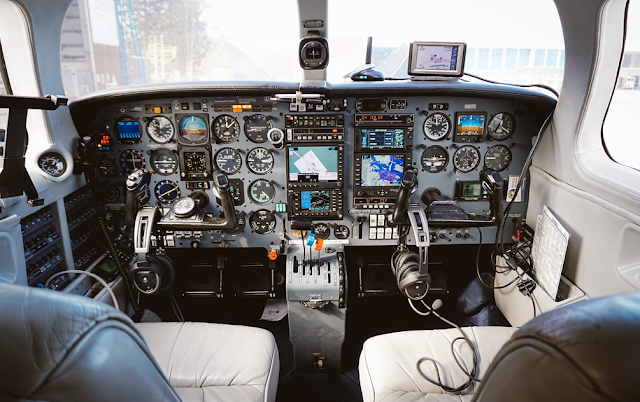Safety Measures in Private Jet Aviation: Ensuring a Secure and Luxurious Experience
Private jets are synonymous with luxury and exclusivity, yet safety remains paramount to protect both passengers and crew. As the private aviation industry grows, evaluating the comprehensive safety protocols in place for these aircraft becomes increasingly important. This essay will explore the key safety measures for private jets, including regulatory compliance, advanced technology, crew training, and emergency preparedness.
Regulatory Compliance: Setting the Standard for Private Jet Safety
Private jets are subject to strict regulations enforced by aviation authorities like the Federal Aviation Administration (FAA) in the United States and the European Union Aviation Safety Agency (EASA) in Europe. These organizations set and enforce safety standards related to aircraft design, maintenance, and operational procedures, ensuring that private jet operators maintain the highest levels of safety. Compliance involves routine inspections, performance checks, and the mandatory reporting of incidents, creating a culture of transparency and accountability in the industry.
Advanced Technology: Enhancing Safety Through Innovation
The use of advanced technology is crucial for enhancing private jet safety. Modern private jets are equipped with state-of-the-art avionics systems that improve navigation, communication, and situational awareness. Key systems, such as Traffic Collision Avoidance Systems (TCAS) and Ground Proximity Warning Systems (GPWS), help pilots avoid mid-air collisions and stay clear of hazardous terrain. In addition, weather radar systems provide real-time data, allowing pilots to make informed decisions and avoid dangerous weather conditions. These technological advancements not only improve safety but also enhance the overall efficiency and reliability of private jet travel.
Crew Training: Ensuring Preparedness and Competence
A significant factor in private jet safety is the extensive training provided to pilots and crew members. Private jet pilots often undergo specialized training for the specific aircraft they operate. This includes simulator training that replicates emergency scenarios, ensuring pilots are well-prepared to handle unexpected situations. Crew members are also trained in safety protocols, emergency medical procedures, and passenger management, helping to maintain a secure and calm environment during flights. This focus on rigorous training provides both passengers and crew with a high level of confidence in handling emergencies, contributing to a safer flying experience.
Emergency Preparedness: Preparing for the Unexpected
Emergency preparedness is a critical component of private jet safety. Operators are required to develop detailed emergency response plans that cover potential in-flight emergencies such as engine failure, adverse weather, or other unexpected situations. Regular safety drills and briefings ensure that both crew and passengers are well-versed in emergency procedures, including the use of life vests, oxygen masks, and emergency evacuation routes. By fostering awareness and preparedness, private jet operators can mitigate the risks associated with in-flight emergencies, ensuring the safety of all on board.
Conclusion
The safety measures implemented in private jet aviation are comprehensive, encompassing regulatory compliance, advanced technology, rigorous crew training, and emergency preparedness. These measures are essential not only for protecting passengers and crew but also for maintaining the integrity and reputation of the private aviation industry. As the demand for private jet travel continues to rise, adherence to these safety protocols remains vital in ensuring a secure and seamless travel experience.








0 Comments